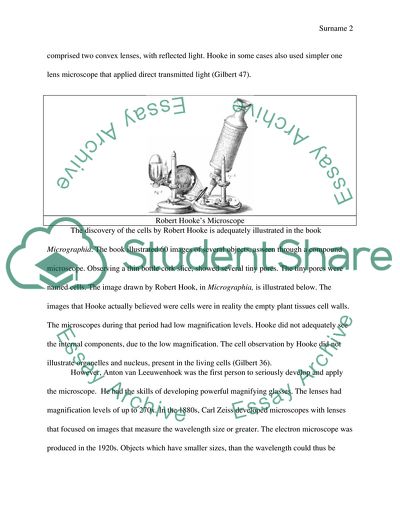Cite this document
(The Cell Theory Essay Example | Topics and Well Written Essays - 1750 words, n.d.)
The Cell Theory Essay Example | Topics and Well Written Essays - 1750 words. https://studentshare.org/biology/1860012-idea-of-the-cell-first-assignment
The Cell Theory Essay Example | Topics and Well Written Essays - 1750 words. https://studentshare.org/biology/1860012-idea-of-the-cell-first-assignment
(The Cell Theory Essay Example | Topics and Well Written Essays - 1750 Words)
The Cell Theory Essay Example | Topics and Well Written Essays - 1750 Words. https://studentshare.org/biology/1860012-idea-of-the-cell-first-assignment.
The Cell Theory Essay Example | Topics and Well Written Essays - 1750 Words. https://studentshare.org/biology/1860012-idea-of-the-cell-first-assignment.
“The Cell Theory Essay Example | Topics and Well Written Essays - 1750 Words”. https://studentshare.org/biology/1860012-idea-of-the-cell-first-assignment.


